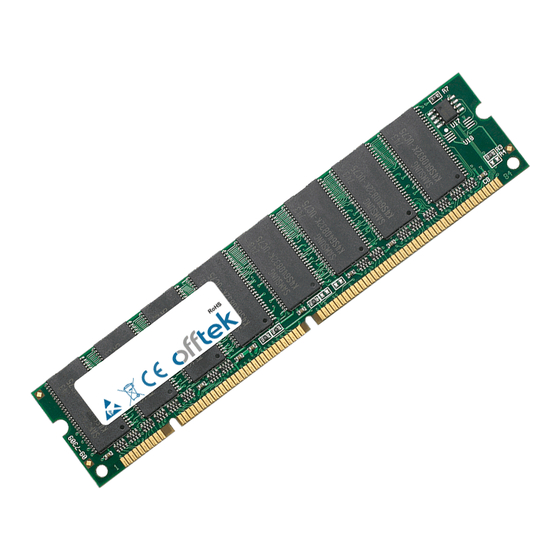Table of Contents
Advertisement
Quick Links
EP-3VB
EP-3VB
EP-3VB
EP-3VB
EP-3VB
ISA/PCI AGP Mainboard with Onboard
ISA/PCI AGP Mainboard with Onboard
ISA/PCI AGP Mainboard with Onboard
ISA/PCI AGP Mainboard with Onboard
ISA/PCI AGP Mainboard with Onboard
PCI IDE and Super Multi-I/O
PCI IDE and Super Multi-I/O
PCI IDE and Super Multi-I/O
PCI IDE and Super Multi-I/O
PCI IDE and Super Multi-I/O
EP-6VB
EP-6VB
EP-6VB
EP-6VB
EP-6VB
A P
A P
entium
entium
A P entium
A P
A P
entium
entium
Slot1 Processor based AGP
Slot1 Processor based AGP
Slot1 Processor based AGP
Slot1 Processor based AGP
Slot1 Processor based AGP
mainboard (100/66MHz)
mainboard (100/66MHz)
mainboard (100/66MHz)
mainboard (100/66MHz)
mainboard (100/66MHz)
TRADEMARK
All products and company names are trademarks or registered
trademarks of their respective holders.
These specifications are subject to change without notice.
II or P
II or P
entium
entium
II or P entium
II or P
II or P
entium
entium
® ® ® ® ®
Manual Revision 1.0
October 7, 1999
III
III
III
III
III
® ® ® ® ®
Advertisement
Table of Contents







Need help?
Do you have a question about the EP-3VB and is the answer not in the manual?
Questions and answers